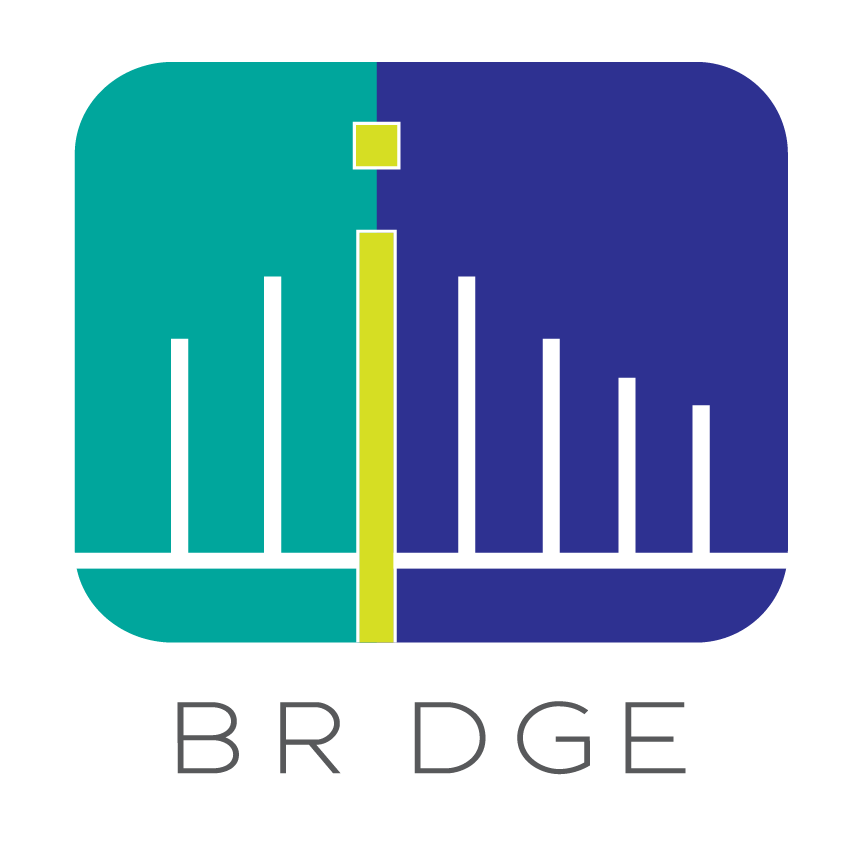The Future of Digital Currencies and What It Means for Singapore Businesses
The idea of digital money isn’t new. Many Singaporeans already pay, receive and transfer money digitally via apps like GrabPay and banking services like PayNow. Some of us hardly bother to carry cash around anymore.
But with cryptocurrencies like Bitcoin and Ethereum becoming a global phenomenon over the past two years, governments around the world are now considering how they might tap on the latest financial technology to take digital money to the next level.
That’s where Central Bank Digital Currencies (CBDCs), or digital forms of their national currencies for short, come in. A handful of countries have already launched their own CBDCs. For example, Sweden launched its “e-Krona” in 2021 while China issued a “digital yuan” in early 2022.
Will Singapore follow suit? And if we do, what would that mean for individuals, businesses, and the economy?
What are digital currencies?
Because the lingo around digital money can be rather confusing, let’s take a moment to clear up what we mean by digital currencies.
| Digital Currency | Issued by | Fully Digital? |
| Fiat money (e.g. SGD) | Government | No |
| Cryptocurrencies | No one (It is decentralised) | Yes |
| Central Bank Digital Currencies | Government | Yes |
Traditionally, governments issue and control the national money supply, which is known as fiat money. Fiat money can be represented in digital form. For example, when you PayNow a friend or swipe your debit card, the respective banks record these transactions digitally. But every digital dollar corresponds to physical cash.
In the past few years, we’ve been witnessing the rise of cryptocurrencies like Bitcoin and Ethereum. These are fully digital and do not correspond to any physical equivalent. Unlike fiat money, cryptocurrencies are decentralised, so they can’t be managed by any one organisation.
Central Bank Digital Currencies, or CBDCs, sit somewhere in the middle. They are both fully digital (do not correspond to physical cash) and centralised (controlled by the government/central bank). Theoretically, CBDCs offer the best of both worlds: easy to use, but reliable and fully backed by the government.
Is Singapore ready for digital currencies?
Singapore appears to be a prime candidate for CBDCs. After all, we’re small, easy to regulate, and (according to global consultancy Roland Berger) the most digitally inclusive country in the world. The Monetary Authority of Singapore (MAS) has also done an extensive study on the potential for our own CBDC.
So, will we be seeing an e-SGD anytime soon? Not for now, it seems. MAS “does not see an immediate case for doing so,” according to Minister of Finance Lawrence Wong in Parliament on 2 March 2022,
The main reason is that Singaporeans already enjoy widespread adoption of electronic payments based on fiat money. Although the landscape is fragmented across a number of banks and apps, payments generally work across platforms thanks to industry-wide practices like PayNow, SGQR, and FAST transfers.
Some countries have been keen to launch CBDCs to make financial services cheaper, faster, and more accessible to the population. However, Singapore’s existing financial system already achieves all these with existing forms of money.
What are the risks and implications of CBDCs?
The Singapore government’s wait-and-see approach with CBDCs also makes sense given the risks and uncertainties that come with the territory.
“A digital Singapore dollar must be secure and robust once it is implemented. The banking system needs to be able to adapt to its introduction, and monetary and financial stability cannot be compromised,” said Minister Wong in Parliament.
In other words, launching a CBDC is no simple matter: it requires a lot of time and careful coordination with the many banking and finance industry players in the market.
In the meantime, what should businesses do?
The Singapore government has not revealed any concrete timelines for issuing a CBDC. But it is likely to be a case of “not if, but when”.
Most major global economies, including China, India, the US, the UK and Canada, are in varying stages of consideration or implementation. Being tightly integrated in the global economy, Singapore will most likely need to follow in the footsteps of these economic giants if they do choose to adopt CBDCs.
Therefore, businesses here should devote resources to understanding and accepting digital payments, even if the landscape is still relatively nascent.
“We are likely to see more companies and users adopting other digital payment methods including digital currencies. Even banks have accelerated efforts to adopt blockchain and offer crypto trading,” says Amos Poh, co-founder and board chairman of BRDGE.
“While the challenges posed by digital currencies are recognised such as difficulty in navigation and understanding regulations, businesses should not be deterred. Rather, we should be open to the feasibility of cryptocurrency in future, and ease into digital currencies.”
Future-proofing your business
Whether or not Singapore launches its own CBDC anytime soon, it’s clear that big changes are afoot in the digital payment landscape. Recognising this, MAS is taking important steps to adapt and foster innovation, such as by issuing digital banking licenses and admitting new providers through the Payment Services Act.
Taking a leaf from the government, businesses should not rest on their laurels either. Digital payments should be part of every business’s future-proofing strategy. Otherwise, they risk being left behind in the wake of disruption when it comes.
BRDGE is a Singapore-based P2P lending and equity crowdfunding platform. Licensed by MAS since 2017. It currently has over 17,000 retail investors, backing 252 SMEs with funds between $20k to $250k per portfolio and has successfully funded over $74.7 million in total. The fast-growing community of investors and SMEs is enabled by an easy investment process for investors and a simple onboarding process for SMEs.


Get the guide now!
Get the guide now!